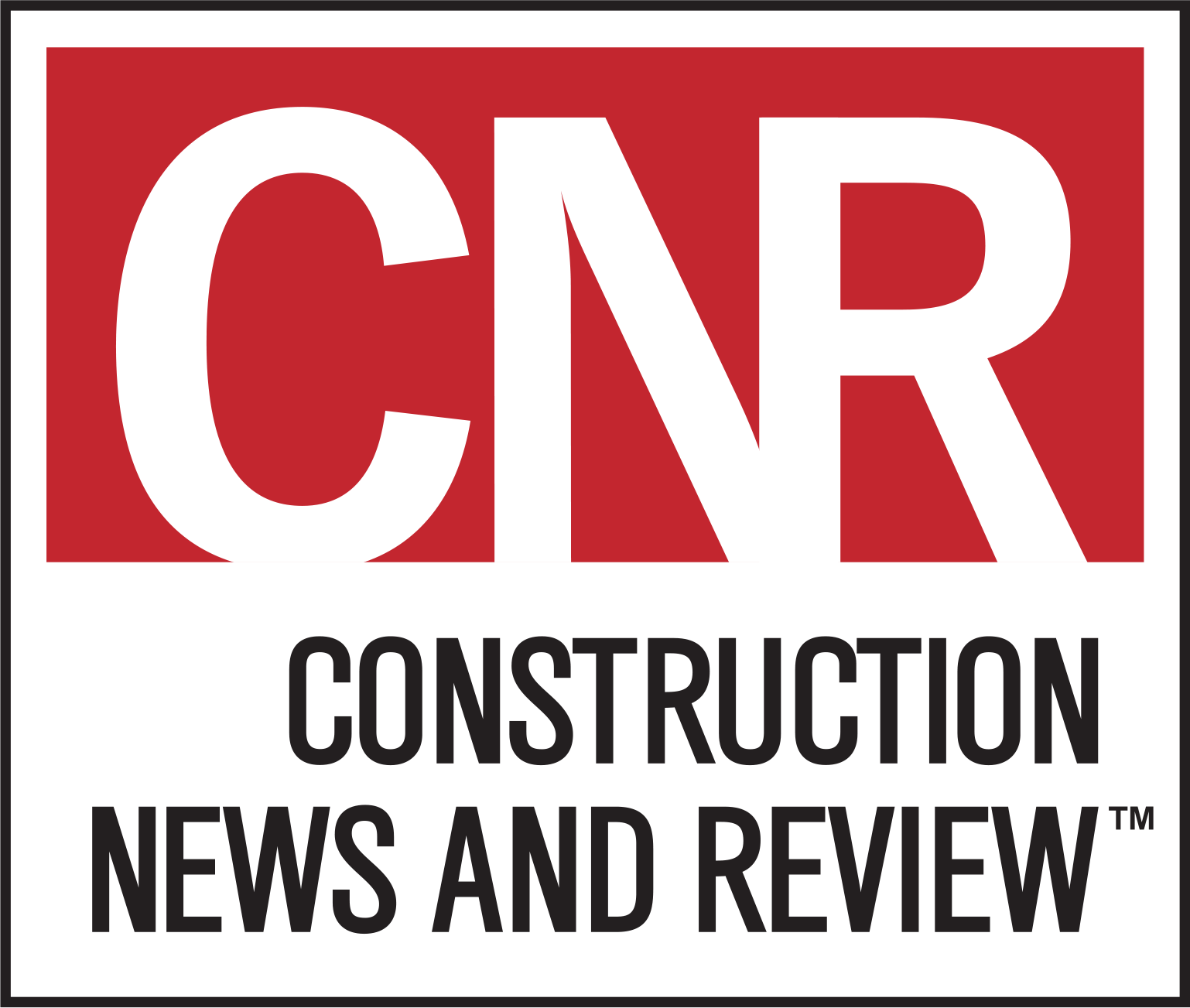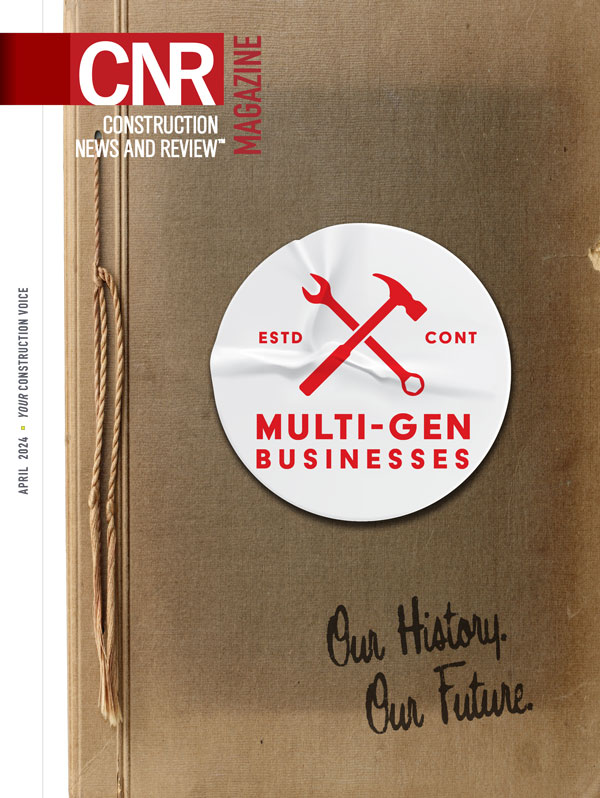Planning Opportunities for Sunset Provision of the Tax Cuts and Job Act
Changing tax laws are a natural response to the evolving economic, social and political landscape. Understanding the dynamics behind these changes and their impact is essential for individuals and businesses. By staying informed, seeking professional advice and adapting to the shifting tax landscape, individuals and businesses can navigate changing tax laws effectively and make informed financial decisions. This article covers some of the key tax law changes scheduled to sunset in 2026 under the Tax Cuts and Jobs Act that could have significant impact on business owners with flow-through income (such as Schedule C, sole proprietors, S-Corporations and Partnerships). That is, unless Congress takes action to extend the TCJA before the end of 2025.
Individual Tax Rates: The TCJA reduced individual tax rates for most income brackets. These reduced rates were scheduled to revert to the pre-TCJA rates after 2025. Under pre-Act law, the Internal Revenue Code included seven tax rates for individuals filing a tax return: 10 percent 15 percent, 25 percent, 28 percent, 33 percent, 35 percent and 39.6 percent. For tax years beginning after December 31, 2017 and before January 1, 2026, the TCJA established seven tax rates of: 10 percent, 12 percent, 22 percent, 24 percent, 32 percent, 35 percent and 37 percent. Each individual tax bracket adjusts annually for inflation.
Standard Deduction: The standard deduction amounts were increased significantly under the TCJA but were set to revert to their previous levels after 2025.
Planning Opportunity: Take advantage of the increased standard deduction for the next three years by “bunching” charitable contributions or other deductions. This allows you to potentially take a large, itemized deduction in one year and take the standard deduction the other two years. You can bunch charitable contributions by using a Donor Advised Fund.
State and Local Tax (SALT) Deductions: The TCJA limited the deduction for state and local taxes to $10,000, which was scheduled to continue until 2025.
Planning Opportunity: As discussed more in depth in my March 8 CNR article, “Understanding the New Missouri Pass-Through Entity Tax,” businesses that elect to make a PTE payment can generate federal tax savings for the business owner(s) of approximately $13,000 per $1 million of flow-through income.
Qualified Business Income Deduction: The TCJA introduced a 20 percent deduction for qualified business income from Schedule C sole proprietors and pass-through entities (S-Corporations and Partnerships). This deduction is also set to expire after 2025.
Planning Opportunity: It has been a long-time planning strategy to defer income as long as possible with accelerated depreciation and deferring accrual basis income; however, if you are a business owner taxed as a sole proprietor, an S-Corporation or Partnership, you may want to consider accelerating income while individual tax rates are lower, and the QBID is still in place. The current federal tax on $1 million of income taxed in the highest tax brackets is approximately $100,000 ($396,000 vs $296,000) less than if the TCJA is allowed to sunset in 2026.
Estate Tax: The TCJA doubled the estate tax exemption in 2018, effectively reducing the number of estates subject to the estate tax. This exemption is set to revert to pre-TCJA levels, indexed for inflation.
Planning Opportunity: If your net worth (including the value of your business) is approaching the current exemption of $12.9 million ($25.8 million for married couples), you may want to consider estate planning strategies such as gifting non-voting shares of your company to a Spousal Lifetime Access Trust prior to 2026 to capture the higher exemption. Given the rush of estate planning that will take place if Congress does not extend the current exemptions, now might be the best time to plan to avoid the rush for professional services in 2025.
It’s important to note that tax laws are subject to change, and Congress can pass new legislation that either extends or modifies these provisions. Therefore, I recommend checking the most recent tax laws and consulting with a tax professional to get the latest information on tax changes and whether these provisions have been extended or altered beyond 2025.
Fresh Content
Direct to Your Inbox

YOUR RESPECTED INDUSTRY VOICE
Join CNR Magazine today as a Content Partner
As a CNR Content Partner, CNR Magazine promises to support you as you build, design and engineer projects not only in and around St. Louis, but also across the U.S. CNR is equipped and ready to deliver a dynamic digital experience paired with the top-notch, robust print coverage for which you’ve always known and respected the magazine.






